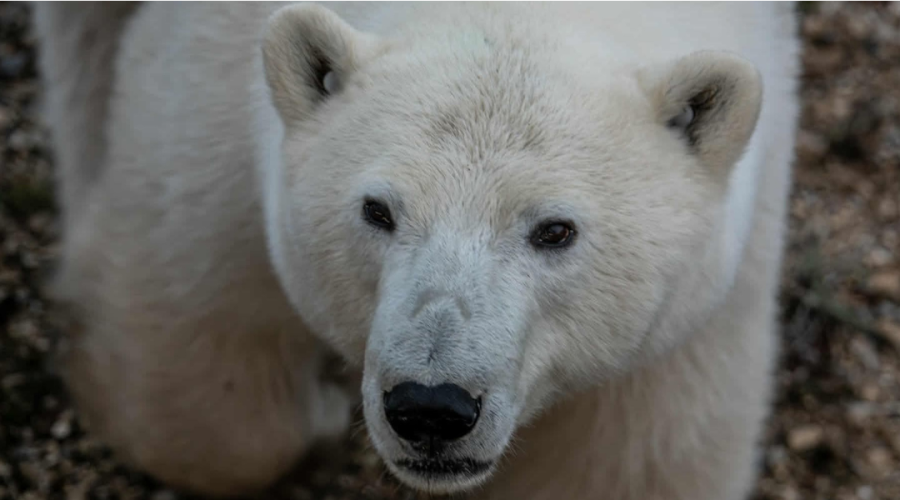Here at the Zoo, we know spring is coming when Danny, our 11-year-old American elk, drops his antlers!
Every year Danny, and every other species of deer, specifically males except for caribou or reindeer, naturally shed their antlers at the end of what we call the rut or mating season. The coolest part is that these antlers grow back every year bigger than before. This year Danny’s antlers this year were 14.1 kg or around 31 pounds.
If you look at Danny’s head in the photos below you will see the spots where the antlers were attached to his skull. When the antlers shed, that area may be a little sore for a few days before they heal and callous over.

New antlers start growing in a few weeks and can grow up to an inch a day. The new growth is not bone yet. This stage is referred to as being in velvet. This is when the antlers are covered in a soft, fuzzy layer of skin called ‘velvet’ that supplies blood and nutrients to the growing antlers.
Once the antlers are fully grown for the rutting season in the fall, Danny will rub all the velvet off until the bone is exposed. Then the cycle begins again.
Here at the Zoo, we use Danny’s antlers as enrichment for the other animals. After 30 days in the freezer to eliminate germs or bacteria, they are given to other animals like large carnivores or to birds to perch on.


See if you can spot Danny in the Grassland and Boreal section of the Zoo next time you visit!





